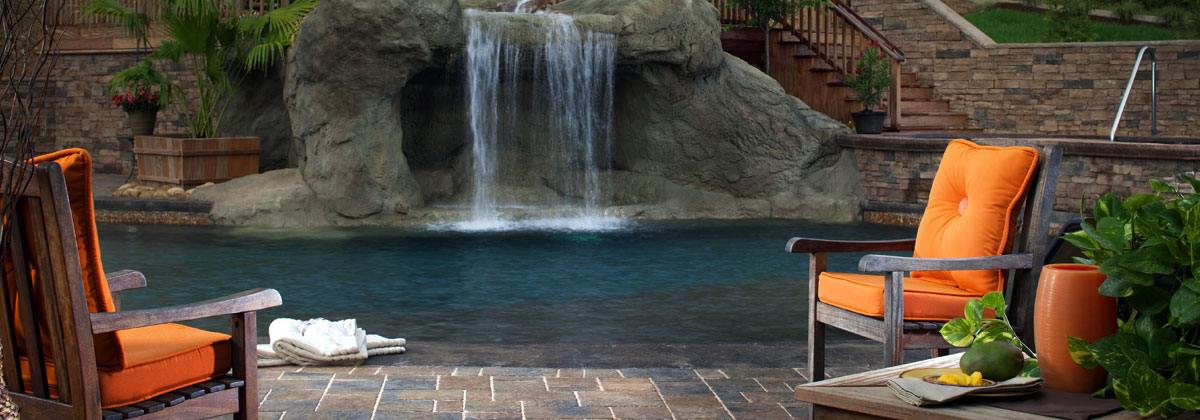
Tips for Planning a Pool Installation
Don’t let the frigid temperatures across the country fool you! If you’re planning to install a pool and want it to be ready in time for that first day of swimming season, it’s time to start the planning process. Planning and installing a pool can take a considerable amount of time, and there are a lot of different aspects to consider. Here are a few tips to get you started.
DO YOUR HOMEWORK
Do some research on the different types of pools and the pros and cons of each. Keep in mind that the specific pros and can often depend upon your location and the local environment. In-ground pools can be made with different materials including fiberglass, concrete (gunite) and vinyl. There are also different types of filtration and cleaning systems. It helps if you’ve done a little research before you start talking to contractors, so you can speak the same language and make a more informed decision.
TALK IT UP
Put the word out with friends and family that you are planning to install a pool and are looking for advice. Anyone who has ever owned a pool will help you navigate the waters in ways you would never have expected. Learn from the mistakes of others and pay particular attention to sentences that begin with, “I wish I had thought to….”
GET INSPIRED
Browse through inspirational photos of pools to get ideas on shapes, colors, trim accessories, pool deck materials and various other design elements. Keep in mind that although standard concrete decking may be a more economical option in terms of the initial construction costs, it may not be the most economical choice in the long run. Concrete slabs will crack as they settle, and concrete coatings will crack and chip off over time. Pavers, however, will last the life of your pool.
GET MULTIPLE QUOTES & REFERENCES
A good rule of thumb is to get three quotes from contractors who come highly recommended. Check out their references and ask if you can see photos and possibly visit the sites of pools they have built. Don’t be afraid to talk to their former clients and ask tough questions, like “What were the best and worst things about working with this contractor?” Also, realize that it’s not always the wisest to go with the lowest quote. Sometimes, you do indeed get what you pay for. That fact will likely become evident once you start checking references.
PRIORITIZE YOUR “MUST HAVES”
After the initial design is planned and quoted, you’ll more than likely think of new elements you want to add on to the plan, so factor about 5-10% of contingency into your budget. Upgrades will add up quickly, so prioritize in terms of what you will get the most use out of, what you will most regret not doing, and what is harder to change or add at a later date.
Source: Belgard


